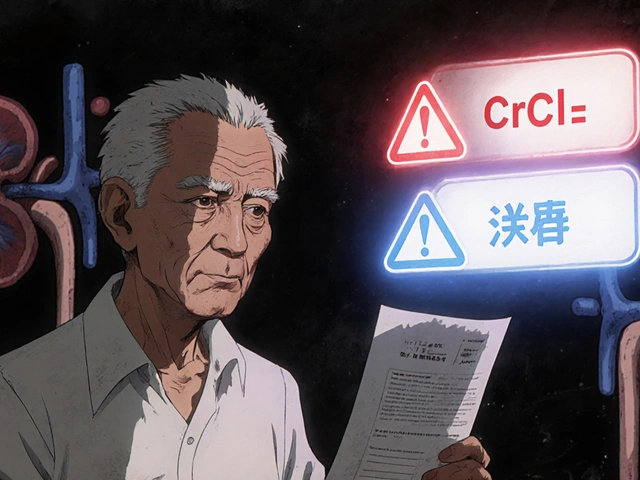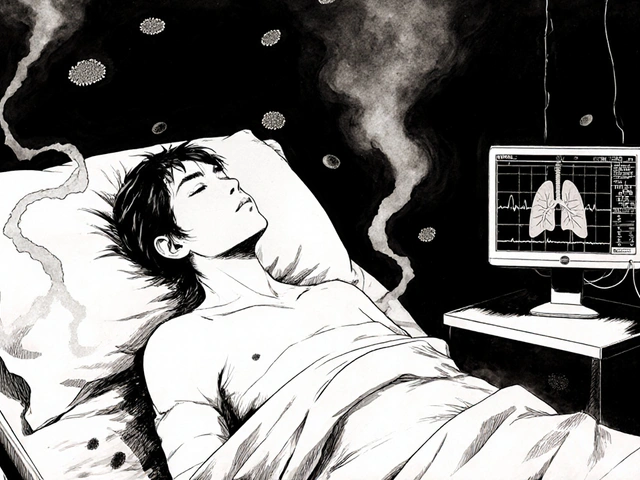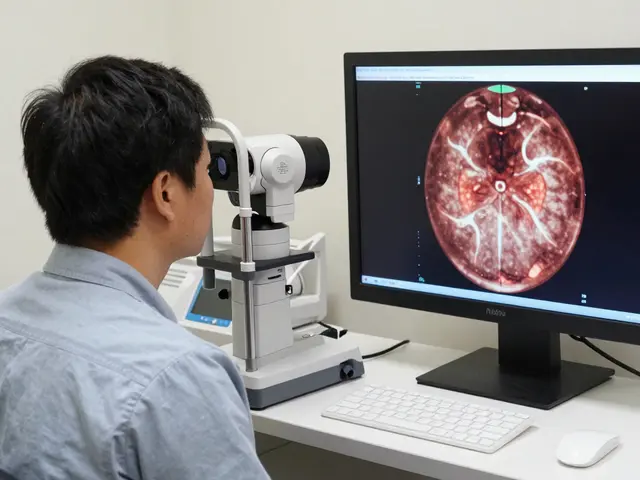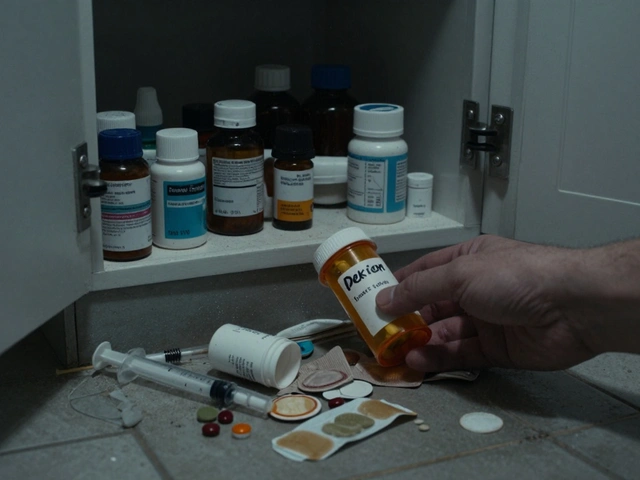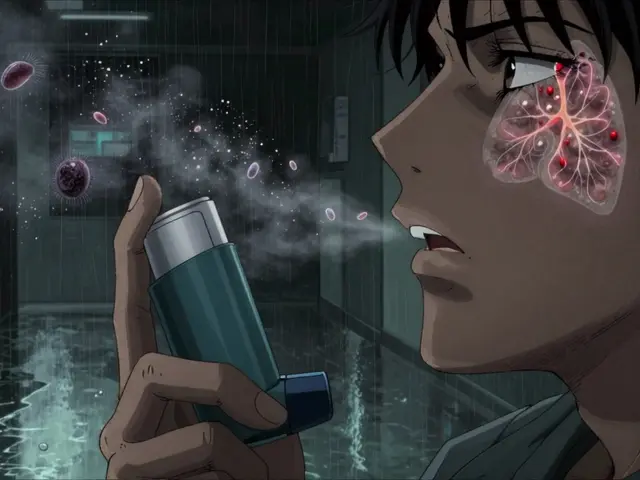Chemical Burns: What They Are and How to Handle Them
Ever wondered why a splash of acid can hurt your skin faster than a hot pan? That’s a chemical burn – an injury caused by acids, alkalis, solvents or other reactive substances. Unlike heat burns, the damage keeps working as long as the chemical stays on the tissue, so quick action matters.
Common culprits include household cleaners (like bleach), industrial fluids (such as lye), and even some cosmetics that contain strong acids. Symptoms range from mild redness to blistering, deep pain, or blackened skin. If you see these signs after exposure, treat it like an emergency.
Immediate First‑Aid Steps
1. Remove the source. Take off any contaminated clothing and jewelry before anything else. The longer the chemical touches your skin, the worse the burn gets.
2. Rinse with water. Use cool running water for at least 15‑20 minutes. Don’t use hot water – it can worsen tissue damage. If you’re dealing with an oil‑based substance, first brush off excess before rinsing.
3. Avoid neutralizing agents. Mixing vinegar with bleach or using other chemicals to “cancel out” the burn can cause a dangerous reaction and more injury.
4. Cover loosely. After flushing, cover the area with a clean, non‑adhesive dressing or sterile gauze. This protects the skin while you decide on further care.
5. Seek medical help. If pain is severe, blisters are large, or the chemical was strong (like hydrofluoric acid), go to an ER right away. Bring the container if it’s safe – doctors need to know exactly what you were exposed to.
Preventing Future Chemical Burns
Prevention is cheaper than treatment. Keep these habits in mind:
- Read labels. Always check the safety data sheet (SDS) for any chemical you use, even if it’s a household product.
- Wear protection. Gloves, goggles, and long sleeves are essential when handling acids or solvents.
- Store safely. Keep chemicals in original containers, out of reach of children, and away from heat sources.
- Ventilate the area. Good airflow reduces accidental splashes and inhalation risks.
If you work with chemicals at a job, follow your employer’s safety protocol and attend regular training. At home, treat every cleaning product like it could cause a burn – that mindset saves skin.
Quick response, proper first aid, and smart prevention are the three pillars of handling chemical burns. Keep these steps handy, and you’ll reduce pain, scarring, and time off work or daily life. For deeper dives into specific chemicals or advanced treatment options, explore our related articles on burn safety and first‑aid tips.
In this post, we're going to delve into an important topic that many shy away from - managing and treating sores caused by chemical burns. We'll explore effective tactics for proper wound care, essential ways to prevent infection, and suitable treatments that facilitate speedy recovery. Throughout the journey, I'll share my personal tips and perspectives to help you comprehend the subject better. Hop on board, and let's take steps toward healing and recovery.



